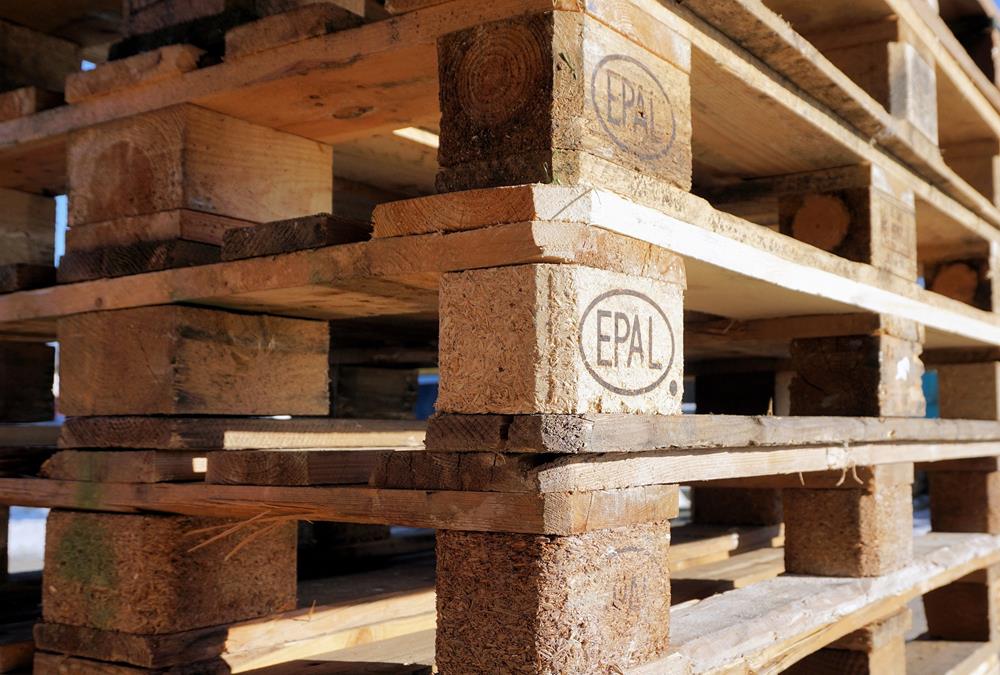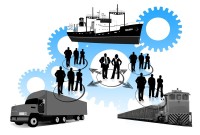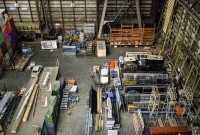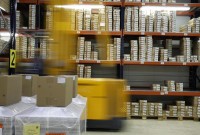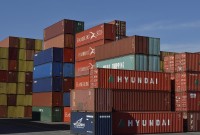- Home
- Business Processes
- Industry Knowledge
- Aerospace Industry
- Automotive Industry
- Banking Domain
- BFSI Industry
- Consumer/ FMCG Industry
- Chemicals Industry
- Engineering & Construction
- Energy Industry
- Education Domain
- Finance Domain
- Hospitality Domain
- Healthcare Industry
- Insurance Domain
- Retail Industry
- Travel and Tourism Domain
- Telecom Industry
- Leadership Skills
- eLearning
- Home
- Business Processes
- Order to Cash
- What is the difference between Warehouse Management & Inventory Management?
What is the difference between Warehouse Management & Inventory Management?
The terms “inventory management” and “warehouse management” are sometimes mistakenly used interchangeably as they both deal with operations and products of industries. Despite their few similarities, there are many notable differences between warehouse and inventory management systems.
The terms “inventory management” and “warehouse management” are sometimes mistakenly used interchangeably as they both deal with operations and products of retail industry. Both inventory and warehouse management systems enable companies to use barcoding devices to track parts and products within the warehouse, monitor product levels, pick, pack, and ship items, manage various locations, receive orders into inventory, and perform cycle counts. Despite their few similarities, there are many notable differences between warehouse and inventory management systems.
- Inventory management is usually the first step taken before warehouse management.
- Inventory management deals with total amount of inventory in one specific location.
- Inventory management tracks transactions related to inventory and provide total amount of stock for each specific storage location.
- Inventory Management is about managing the stocks in the warehouse and ensuring that the proper flow of stocks is maintained in a supply chain through the order fulfillment process.
- Warehouse management focuses on managing the entire storage system within the warehouse
- Warehouse management tracks location of specific items in the warehouse
- WMS deals with production supply, sales and distribution, and quality management and integral to ongoing operations of the retail organization.
- The most significant difference between the two systems is the human factor.
- Inventory management focuses only on product or stock, warehouse management involves managing employees and shipping or freight personnel operating in the warehouse environment.
- Warehouse Management is about managing the whole facility in which the products are stored, including the workforce, the equipment, technology to be used, and the inventory itself.
Related Links
You May Also Like
-
One of the warehousing best practices that retailers like Walmart, Amazon, and Target have adopted is known as cross-docking. During this process the inbound products are unloaded at a distribution center and then sorted by destination, and eventually reloaded onto outbound trucks. In real parlance, the goods are not at all warehoused but just moved across the dock (hence the name).
-
One of the most important decisions when running a warehouse is its layout. Warehouse layout defines the physical arrangement of storage racks, loading and unloading areas, equipment and other facility areas in the warehouse. A good layout aligned with the business needs could have a significant effect on the efficiency.
-
Miscellaneous Warehouse Processes
At the end of each inventory control, the Contractor provides the Ordering Person with an inventory report which contains a list of all stock adjustments. The Ordering Person uses the report to create, by use of his/her own means, necessary value and accounting adjustments related to the stock. Let us look at some to the mislaneous warehouse processes not covered earlier.
-
What is the difference between Warehouse Management & Inventory Management?
The terms “inventory management” and “warehouse management” are sometimes mistakenly used interchangeably as they both deal with operations and products of industries. Despite their few similarities, there are many notable differences between warehouse and inventory management systems.
-
To stay competitive in today’s tough market, the location of your warehouse is vital. To grow retail business need to offer to customers faster and affordable shipping time, which is dependent on the warehousing location as the location of the warehouse affects the transit time to ship orders to customers.
-
Types of Inventory Count Processes
While dealing with lots of inventory in a warehouse, lots of things can go wrong. Shipments may not have the right number of units in them, or they could get damaged somewhere along the supply chain. Discrepancies in the stock may arise as part of every inventory control, and need to be corrected immediately after the inventory control procedure has been finished.
-
When a customer wants a product that has been stored in the warehouse, the same need to be picked off the shelf (or off the floor) and get it ready for shipping. Depending on how big is the warehouse, picking can take a while. (Many distribution centers cover more than 1 million square feet.). Hence, warehouse order picking methods are an important aspect within any warehouse.
-
What is a Warehouse & why companies need them?
All organizations hold stocks. In virtually every supply chain, gaps exist between when something is produced and when a customer is ready to buy or receive it. Stocks occur at any point in the supply chain where the flow of materials is interrupted. This implies that products need to be stored during this period of gap.
-
Transport operations are often divided into full load and part load and due to economies of scale, the unit costs are higher for part loads. Our customer needs several part loads delivering, so it can reduce costs by consolidating these into full loads. Then it gets all the part loads delivered to a warehouse near the suppliers, consolidates them into full loads, and pays the lower costs of full-load transport to its operations.
-
The Outbound process starts with routing the shipments. The Outbound execution process starts from the point when pick tasks are completed for an outbound shipment and ends at the point where the outbound packages are loaded into trailers. The Warehouse Outbound process includes managing and controlling outgoing materials starting from the download of orders through to the shipping of products from the warehouse.
Explore Our Free Training Articles or
Sign Up to Start With Our eLearning Courses

About Us
Learning
© 2023 TechnoFunc, All Rights Reserved
